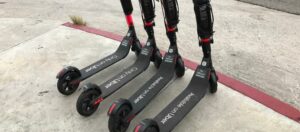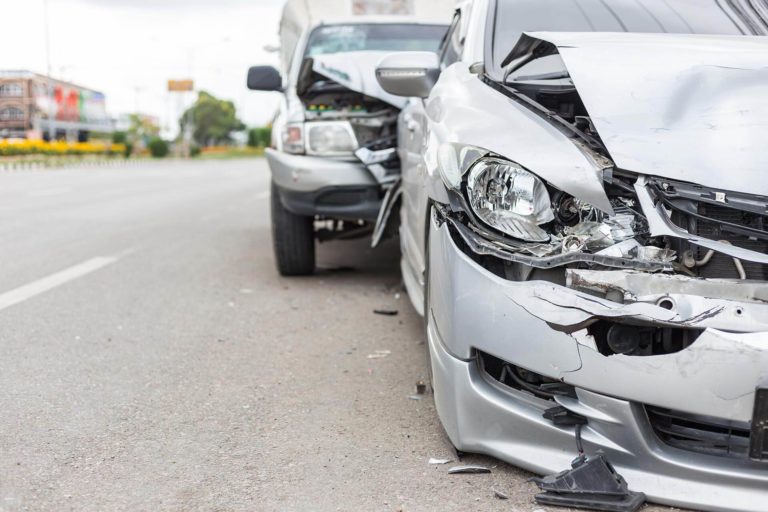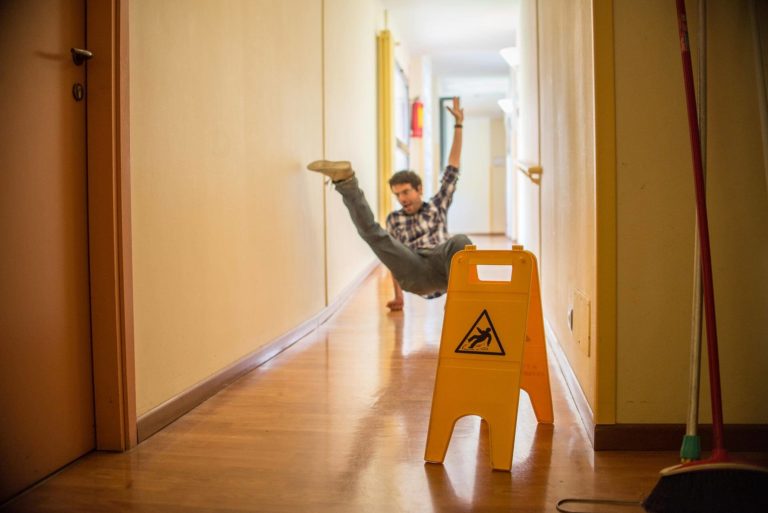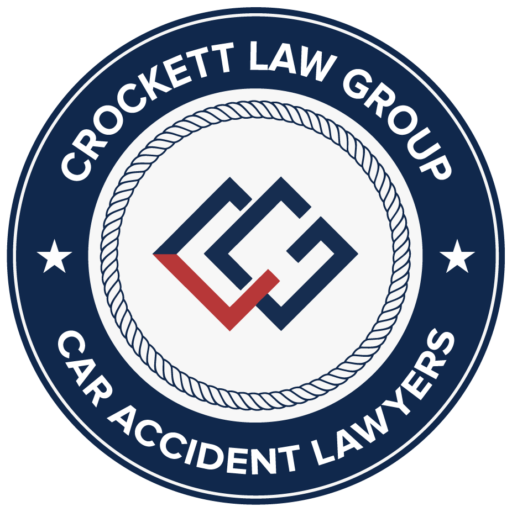Forbes calls it the “micro-mobility” trend, with companies Lime and Bird providing consumers with electric scooters as “last-mile” transportation. This increased popularity has led to an uptick of electric scooter accidents throughout Orange County. If you’ve been injured in an accident involving an electric scooter, it’s important to hire an Orange County electric scooter accident lawyer with a track record of success with this type of case.
The Crockett Law Group is the most reputable personal injury law firm in Orange County, with a team of attorneys that have successfully collected large amounts of monetary damages for victims injured in electric scooter accidents. Please call (800) 900-9393 to schedule a free consultation.
Californians love to be on the cutting edge, embracing progressive trends and ways to reduce the impact of climate change on our planet. Governor Gavin Newsom signed an executive order requiring that all cars and trucks sold in the state be emission-free by 2035, and Orange County’s mild weather has long made walking and biking popular both for getting around in urban areas and for recreation. Electric scooters are the new sensation in Orange County for getting to work and getting around town.



Table of Contents
California Electric Scooter Laws and Regulations
Electric scooters (also called motorized scooters) are defined in California as a vehicle with two wheels, handlebars, a floorboard suitable for standing, and a motor. Any licensed driver may operate an electric scooter without the need for registration, license plates, or insurance, but there are some restrictions that apply to scooters in California:- A United State Department of Transportation (DOT) compliant helmet is required to be worn at all times while operating the vehicle;
- Scooters must be ridden either in bike lanes or where the speed limit is not greater than 25 miles per hour;
- Scooters may not operate on sidewalks;
- They are limited to use by one person (no passengers) and
- Scooters may not be operated at a speed greater than 15 miles per hour.

Types of Electric Scooter Cases
Electric scooter accidents often have multiple defendants and more than one cause. These are the most common types of scooter cases:- A one scooter accident where a person is injured while riding their scooter due to a defect in the roadway, broken traffic light or a downed stop sign;
- A one scooter accident caused a defect in the scooter such as faulty brakes or steering mechanisms;
- An electric scooter collides with other vehicles on the road and
- An electric scooter knocks over a pedestrian.

Common Injuries For Electric Scooter Accidents
Electric scooters provide no protection for operators, making the injuries suffered in these accidents severe. These are some of the common injuries sustained in electric scooter accidents:Bone Fractures
- Hairline fractures are tiny and usually heal without treatment;
- Transverse fractures are where the break in the bone is perpendicular to the shaft;
- Compound fractures are ones that pierce the skin, resulting in both a bone break and a wound in the skin. When a break doesn’t pierce the skin, it’s called a “closed fracture.”
- Comminuted fractures are when the bone breaks into a large number of pieces;
- Avulsion fractures are when the bones completely break away from the tendons and ligaments and must be reattached surgically and
- Buckle fractures are when a bone bends rather than breaks. This type of fracture usually only occurs in children because their bones are more flexible.
Torn Ligaments
- Grade 1 one sprains are mild and usually heal on their own;
- Grade 2 sprains with partial tears to the ligament may require arthroscopic repair;
- Grade 3 sprains are complete tears of the ligament that cause significant instability and render the joint unstable. More than
- one surgery may be necessary to repair the injury.
Spinal Cord Injuries (SCI) can impact the following bodily functions:
- Breathing
- Heart rate
- Metabolism
- Muscle movement
- Sensations and
- Reflexes
- Intracranial Hematomas are ruptures in the blood vessels that cause blood to collect in the brain tissue or empty spaces near the brain. There are several different types of intracranial hematomas and hemorrhages that can cause function or fatalities.
- Skull Fractures can cause brain injuries and infections. A linear skull fracture is a thin crack that rarely requires surgery, a depressed skull fracture may require elevation of the skull through a procedure called a craniotomy to reduce pressure on the brain, and a basilar skull fracture at the base of the brain can produce leaking spinal fluid.
- Contusions/Coup-Countrecoup injuries are brain tissue bruises caused by the head being propelled rapidly forward and backward.
- Diffuse Axonal Injury DAI) is the result of twisting and tearing of the connections between cells of the brain caused by violent stopping.




